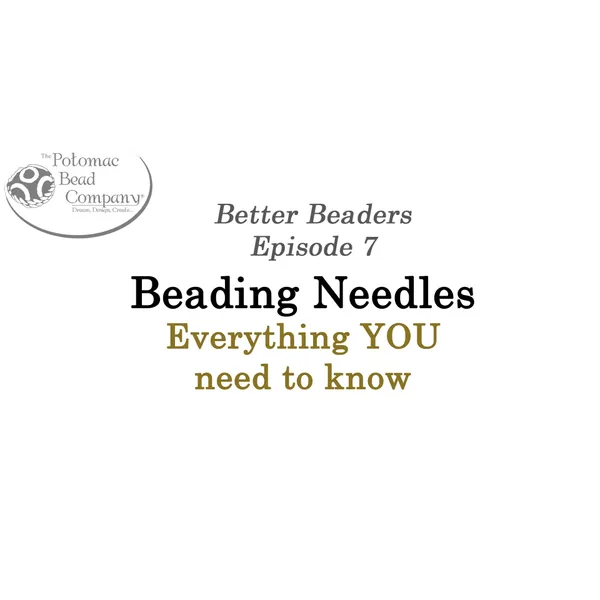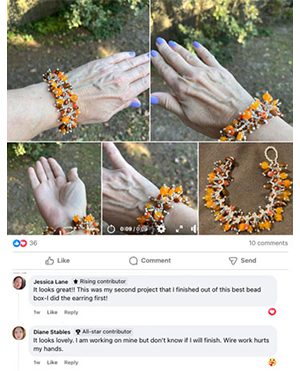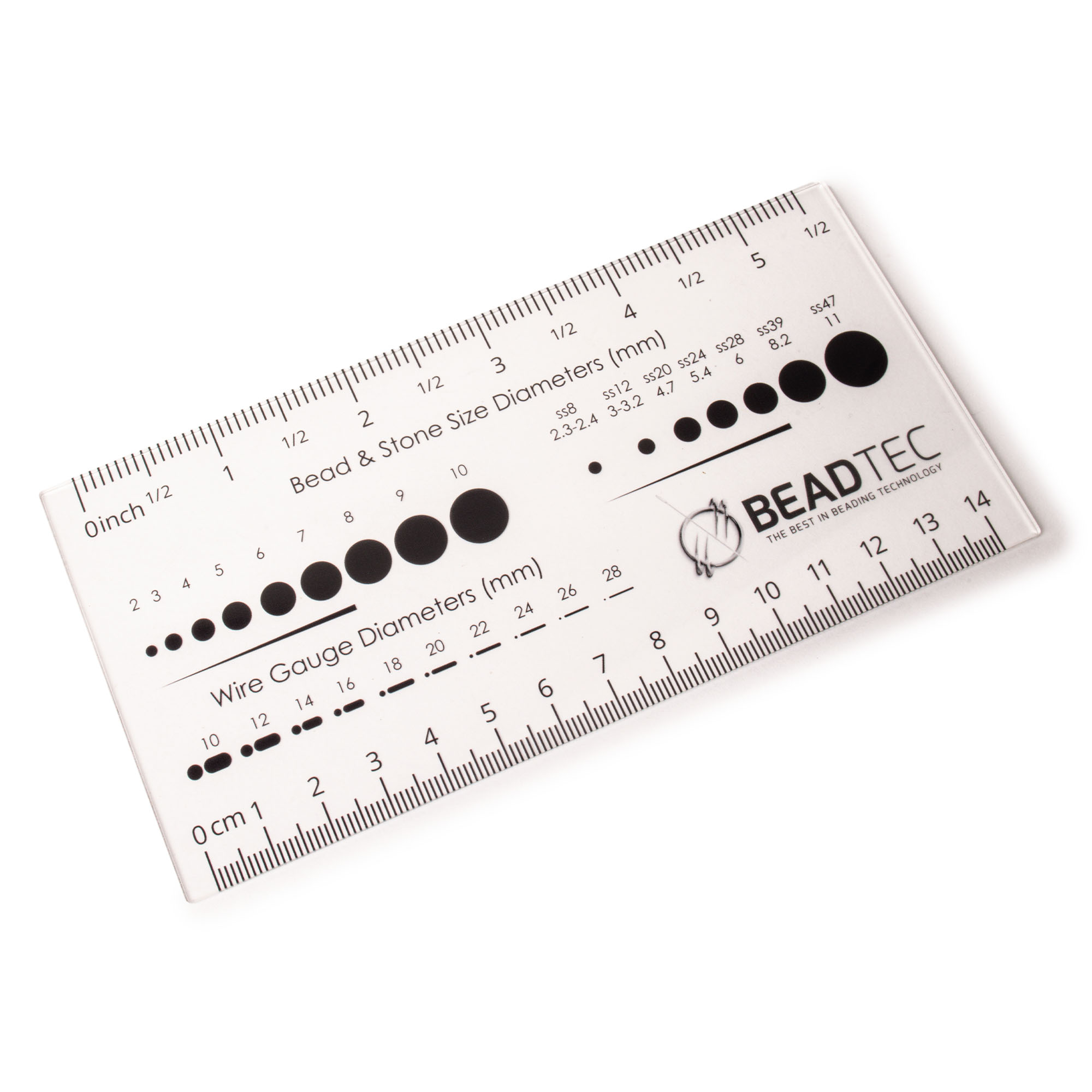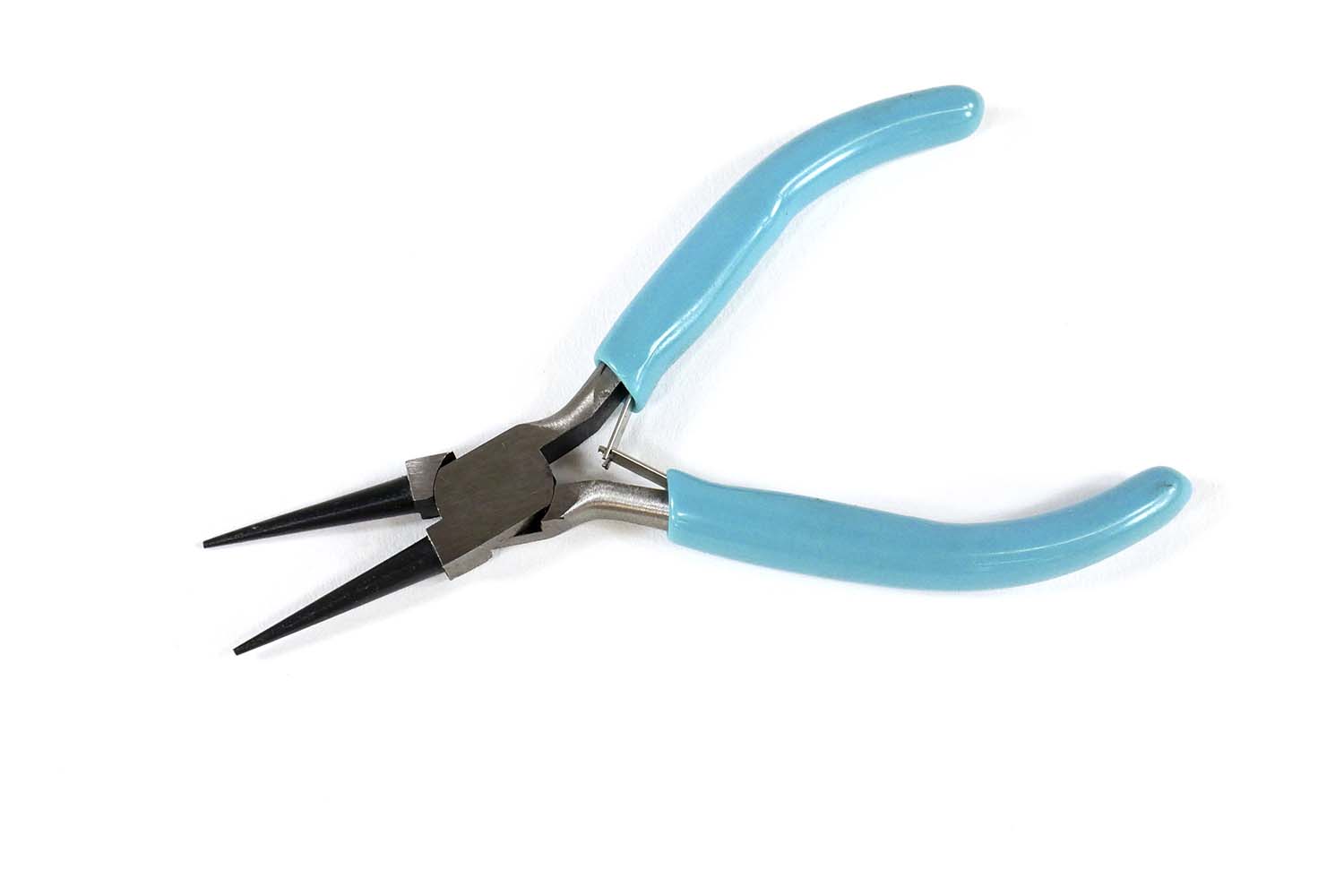- Jewelry-Making Supplies ▾
Design Jewelry with Confidence!
Seed Beads
Thread, Wire, & Stringing Materials
Athenacast Findings & Components
Everything Else
- Kits & Collections ▾
Assemble Your World
Kits & Collections
- Subscriptions ▾
Want monthly Beading Happiness?
Subscriptions
- Learn to Make ▾
Want to learn more?
- Discounts & Deals ▾
Explore Today's Promotions!
- Jewelry-Making Supplies
- Kits & Collections
- Subscriptions
- Learn to Make
- Discounts & Deals
-
Seed Beads
Thread, Wire, & Stringing Materials
Findings & Components
Everything Else
-
Kits & Collections
-
Subscriptions
- Home
- How to Make Jewelry
- Better Beader Episodes
- Everything You Need to Know About …
Everything You Need to Know About Beading Needles

Watch the Video Tutorial
Watch the Video Tutorial
Need Any Extra Materials?
Need Any Extra Materials?
Need Any Extra Materials?
Need Any Extra Materials?
Episode Transcript
Episode Transcript
Introduction
Beading needles are an essential tool for any jewelry maker, but with so many options available, it can be overwhelming to choose the right one for your project. In this article, we'll dive into the world of beading needles and explore everything you need to know to select the perfect needle for your needs. Based on the insightful tips and information shared in Better Beader Episode 7 from Potomac Beads, you'll gain a comprehensive understanding of the various types, sizes, and materials of beading needles.
Types of Beading Needles
There are several types of beading needles, each designed for specific techniques and materials:
- English Beading Needles: These are the most common type of beading needles, featuring a long, thin shaft and a small eye. They are ideal for weaving, loomwork, and off-loom stitching.
- Japanese Beading Needles: Similar to English beading needles, Japanese needles have a slightly longer eye and a more flexible shaft. They are perfect for delicate beadwork and precise thread paths.
- Big Eye Needles: As the name suggests, these needles have a larger eye, making them easier to thread. They are great for beginners or when working with thicker threads.
- Twisted Wire Needles: These needles are made from thin, twisted wire and are used for bead knitting, crochet, and other specialized techniques.
Needle Sizes & Materials
Beading needles come in various sizes, typically ranging from 10 to 15. The higher the number, the thinner the needle. Your choice of needle size will depend on the size of your beads and the thickness of your thread. For example, size 10 needles are best for larger beads and thicker threads, while size 15 needles are perfect for delicate beadwork with tiny beads and thin threads.
When it comes to needle materials, you'll find options like stainless steel, brass, and nickel-plated. Stainless steel needles are the most durable and least likely to bend or break, making them a popular choice among beaders.
Choosing the Right Needle
To select the best needle for your project, consider the following factors:
- Bead Size: Choose a needle that can easily pass through the holes of your beads without getting stuck or damaging the beads.
- Thread Thickness: Ensure that your needle eye is large enough to accommodate your thread, but not so large that it creates visible holes in your beadwork.
- Technique: Different beading techniques may require specific types of needles. For example, loomwork often calls for longer, thinner needles, while bead embroidery may benefit from shorter, sturdier needles.
- Comfort: Choose a needle that feels comfortable to hold and work with for extended periods. Some beaders prefer flexible needles, while others like the stability of rigid needles.
Tips for Using & Caring for Your Needles
- Thread your needle with care to avoid fraying or damaging the thread.
- Use a needle threader or conditioner to make threading easier and prolong the life of your needles.
- Store your needles safely in a needle case or cushion to prevent loss or damage.
- Inspect your needles regularly for signs of wear, such as bent tips or rough spots that could snag your thread.
- Replace your needles as needed to ensure optimal performance and avoid frustration.
Conclusion
By understanding the different types, sizes, and materials of beading needles, you'll be well-equipped to choose the best needle for your projects. Remember to consider factors like bead size, thread thickness, technique, and comfort when making your selection. With the right needle in hand, you'll be ready to tackle any beading project with confidence and precision.
We hope this comprehensive guide, inspired by Better Beader Episode 7, has been helpful in your beading journey. Feel free to share your own tips, experiences, or questions about beading needles in the comments below. Happy beading!
Join Our Growing Community
Join Our Growing Community




Our Testimonials
Our Testimonials
- 55980 (83.8%)
- 4812 (11.4%)
- 3295 (4.1%)
- 230 (0.4%)
- 123 (0.3%)
- Favorite Reviews
- Highest to Lowest
- Newest to Oldest
- All Ratings
- 5 ★ Reviews
- 4 ★ Reviews
- 3 ★ Reviews
- 2 ★ Reviews
- 1 ★ Reviews
Loading...
Only Visible on Admin Mode
Item Description
Designer's Material List
Project Steps
Selecting the Needle Size: Pick a needle size that matches your bead size and thread type. For finer beads like 15/0 or Charlotte beads, consider thinner needles like size 13.
Handling Specialty Needles: Use twisted needles for projects requiring flexible threading and loom needles for loom work for their stiffness and length.
Threading Techniques: Flatten the thread end with pliers for easier threading or consider big eye needles for direct threading ease.
Experiment with Brands: Try different needle brands like Pony, Tulip, or John James to find your preference based on flexibility, durability, and ease of threading.
Needle Maintenance: Straighten bent needles with nylon jaw pliers and replace needles as they wear out or accumulate thread residue.
Highest Quality
Products
100% Money
Back Guarantee
Fast
Shipping
Best Teaching &
Customer Service
You'll want these emails...
Get Free Projects & Inspiration
Get Free Projects & Inspiration
- Bullet 1
- Bullet 2
- Bullet 3
Copyright © PotomacBeads









